Cycling was not always my passion or my career in life, as a matter of fact at the age of 10 all I could dream about was one day being a pilot! I used to watch fighter pilot movies, play pilot video games and my bedroom wall was platered with posters of jet fighter planes! At this age in December, 1996 however my life took a path that would forever change every waking moment for myself. I think we all encounter some form of turning point moment at some point in life and looking back on them highlights how pertinent the present moment is in life. Carpe Diem so to speak.
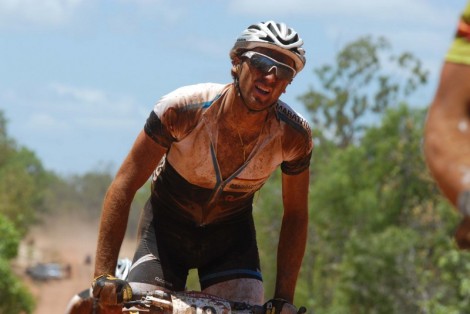
On 7 December, 1996 I was diagnosed with Type 1 Diabetes (T1D), I spent over a week in Westmead childrens hospital in Western Sydney learning about this disease and how it would from this moment on change my life. My survival beyond 10 years of age now depended upon multiple daily injections, blood tests, counting of carbohydrates in diet and close monitoring of any physical exercise. T1D is an autoimmune condition that renders your pancreas all but useless. The pancreas produces a hormone called insulin that helps to break down the carbohydrate in the food we eat and subsequently regulate the amount of sugar in our blood. Without this insulin our blood sugar level is in a constant upward trajectory that is without the injection of the hormone a death sentence. Lucky for me insulin has now been around as an injectable medicine since 1921.
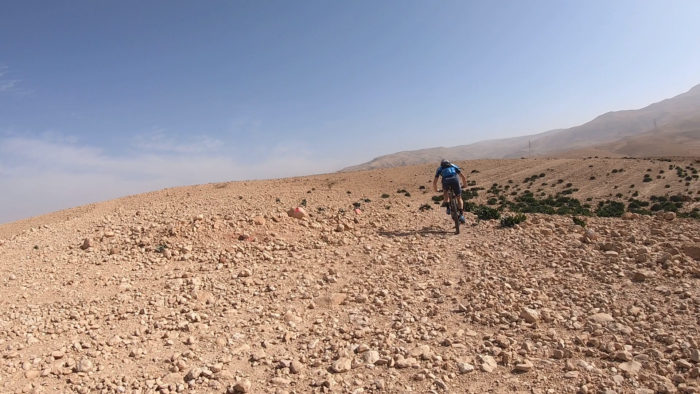
After learning about the treatments, needles, finger jabbers that would now be a part of my life I would also learn what a life pathway looked like for someone with my condition in Australia. My Mum would ask the doctor “Is there anything people with T1D cannot do in life?” The doctor responded “The only things people with T1D are not allowed to be is pilots, train drivers, military service personnel… etc”. The first answer was enough to throw me! My dream had been crushed, crushed by an organ that had malfunctioned.
Alas, the dreams of flying like Tom Cruise in Top Gun had to at best be put on hold. What I did have however was a mountain bike, this was my form of school transport when I had a gutful of the older kids teasing me on the school bus. Likely every rider has had the experience of getting that smile beam across the face when nailing singletrack or swooping down a descent. Lucky for me this was all part of my high school commute. Thanks to this, my dream had evolved from involving an aeroplane to just involving the bicycle.

It was 10 years of training, racing, crashing & breaking bones until I signed my first pro contract as a road cyclist for 2010 in the USA and was 19 years until I achieved my other dream of representing my country.

Such a journey would be an absolute roller coaster for any athlete and the stories that have evolved from this I will cherish forever.
How I manage Type 1 Diabetes and cycling
As an athlete with T1D there is a minefield of calculations, judgements, sensations, predictions and fears in the head on the start line and for every second of competition following. The following is a brief insight to these.
- NUTRITION: Of course important for every athlete. As a T1D this is your lifeline whilst exercising. Carbohydrate and Protein both have an impact on your blood sugar level, subsequently for a T1D rider the nutrition plan has to involve these at the right time to keep the sugar levels in a range. Too much carbs and your muscles lose the ability to shed lactic acid and subsequently pedalling with lead legs. Too little sugar and you risk hypoglycaemia which can be dangerous and at best robs most of the physical and mental energy required to race.
- EFFORT: Following on from Nutrition, your effort is a crucial factor in which direction your Blood Sugar Levels (BSL’s) will go. A real short, intense effort can sometimes rise the BSL of a T1D rapidly, whereas a long sustained effort can put a steady downward trend on BSL.

- NERVES: Important race? A lot on the line? Been training for months? nerves should be a natural side effect of these, for a T1D nerves can play havoc with BSL as they stimulate adrenaline which can spike BSL rapidly and then followed by an effort after a race start can drop just as rapidly. Nerves is something that are often factored into the race preparation plan for a T1D athlete.
- HYDRATION: As with point 1, crucial for everyone. However the consequences of getting it wrong a little more sever for those with T1D. The BSL in order to sustain stability requires adequate hydration for the most part.
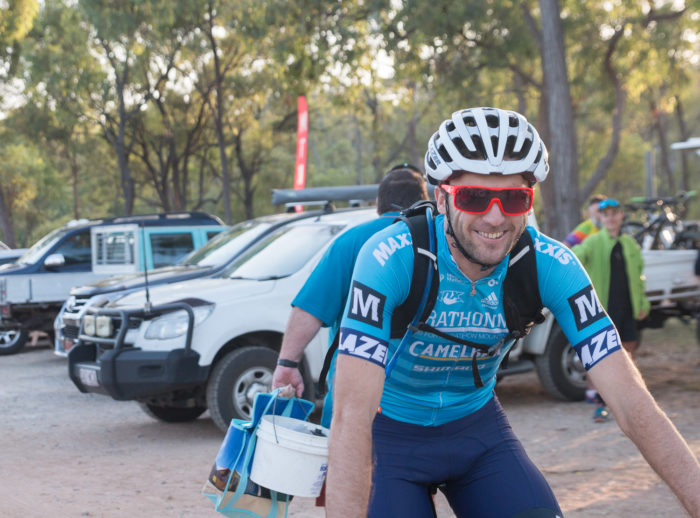
- WEATHER: Another often surprising factor in BSL management is the factor of your surrounding weather conditions. I have experienced same effort, same distance, same fitness, same insulin doses and vastly different BSL levels with just one extaneous factor- the weather! This is as everything in T1D different for everyone so often takes an experience for better or worse to identify the effect.
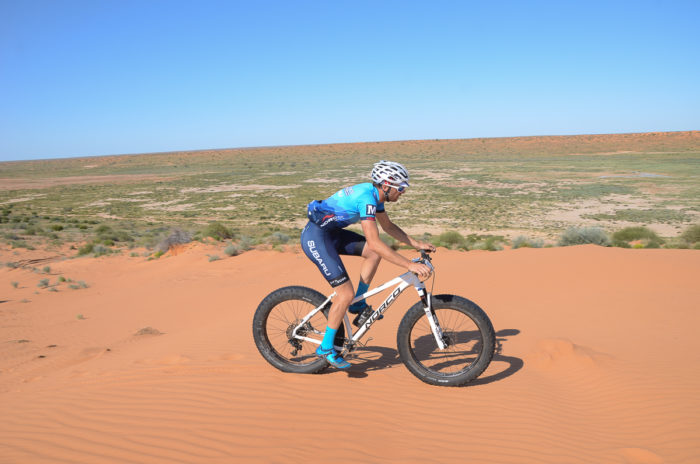
- ALTITUDE: In 2014 I spent a few days at a training camp prior to the Tour of Utah in USA. I was staying above 2500m, and my BSL was all over the shop! Staying with some other T1D riders and they had the similar issues. There was no rhyme or reason to the variability- just another factor to learn about and take into account.
- DATA: Many cyclists have power, heart rate, cadence and nearly every measurement under the sun available to them whilst riding these days. A T1D cyclist nowadays may also have a ‘Continuous Glucose Monitor’ or ‘CGM’. This is an injected device that sits with a needle thats goes just under the skin and gives regular, consistent readings of BSL. A huge beneficial tool as can give alerts to when that BSL is heading in an ‘out of zone’ direction. These are incredibly expensive devices, subsequently avoiding crashes whilst using one is paramount for most of us T1D.

Every athlete and person for that matter often has an incredibly interesting and challenging story about how they have gotten to where they are. I hope this helps highlight just some of the challenges a T1D athlete has on the start line of any athletic event. If you are reading this and have T1D, I hope it helps reinforce how high performance in anything really is possible with T1D, just a few extra challenges along the way. Find a role model to remind you it is possible, there are many, many athletes with T1D nowadays!

As a side note, a few years ago I met a British bloke named Douglas who had lived with T1D for 35 years and he had been a jet fighter pilot in the Royal Air Force for over 20 years. So, really anything really is possible nowadays. We are very lucky in countries like Australia to have access to the tools we need to make dreams such as ‘pro athlete’ possible.
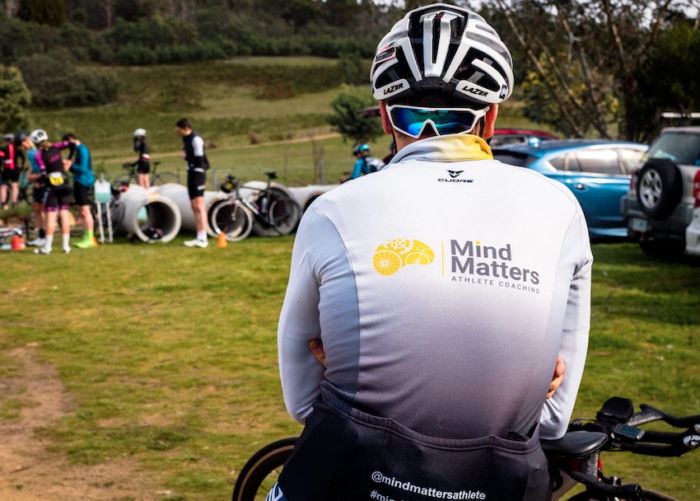
The post Bike racing and training with Type 1 Diabetes appeared first on MarathonMTB.com.


Recent Comments